London in lockdown: photography of a pandemic-struck city
Taking to the deserted City of London streets during lockdown, Hannah Starkey captured a new urban reality. Here, the photographer describes her experience of ‘an ecosystem that has lost its pulse’ and ponders a return to more populous times

Hannah Starkey
For four months at the end of last year, I walked the streets of the City of London with my camera and dog. As the inaugural Artist in Residence at Guildhall, I was producing a body of work for the Guildhall Art Gallery to celebrate women working in the City.
It was a privileged way of immersing myself in the energy of the famous Square Mile, and a stark contrast to what was to come. Within a matter of days from hanging the show, I witnessed the desertion of its streets. Lockdown was rapid and ruthless. It’s as if a spell has been cast on the kingdom. Everyone has left this place... just gone.
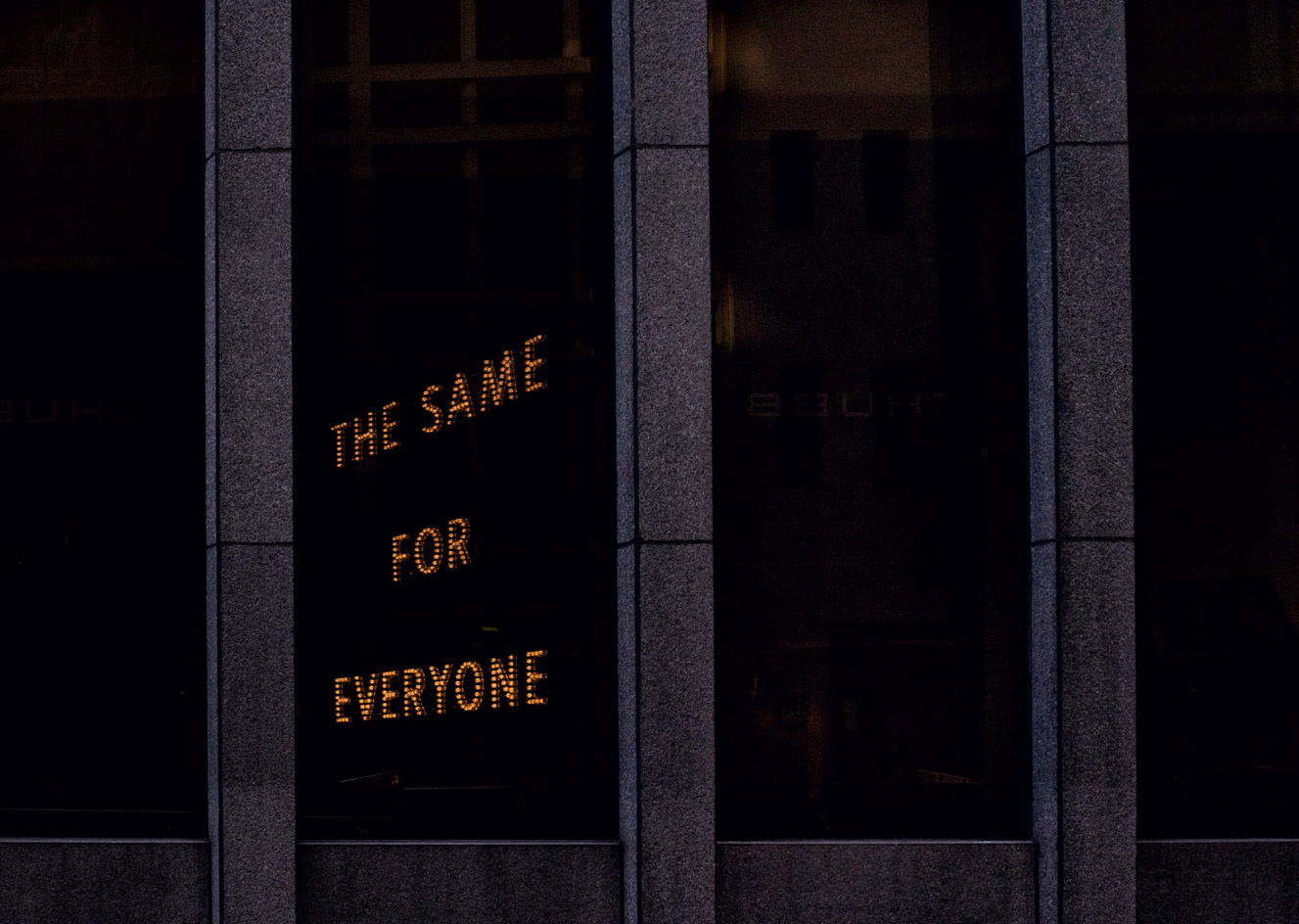
Cunard Place. Reflected in an office block window is The Same For Everyone, 2017, by Nathan Coley, installed in London as part of the Sculpture in the City 9th edition
So I start to walk again, dog and camera in tow. As a flâneuse*, my role now is to try and make sense of it all through the prism of art. Each day, people get fewer, until just security guards, key workers and the unfortunate homeless walk with me. They are kind to each other.
I’m now starved of human interaction. I realise I photograph the way I do because it’s not buildings but people that make up my landscapes. My City of just a few weeks ago is simply no longer here. Though the place has not fallen silent; the buildings still whirr with computers, busy with phantom operators who have no need for the City’s pavements.
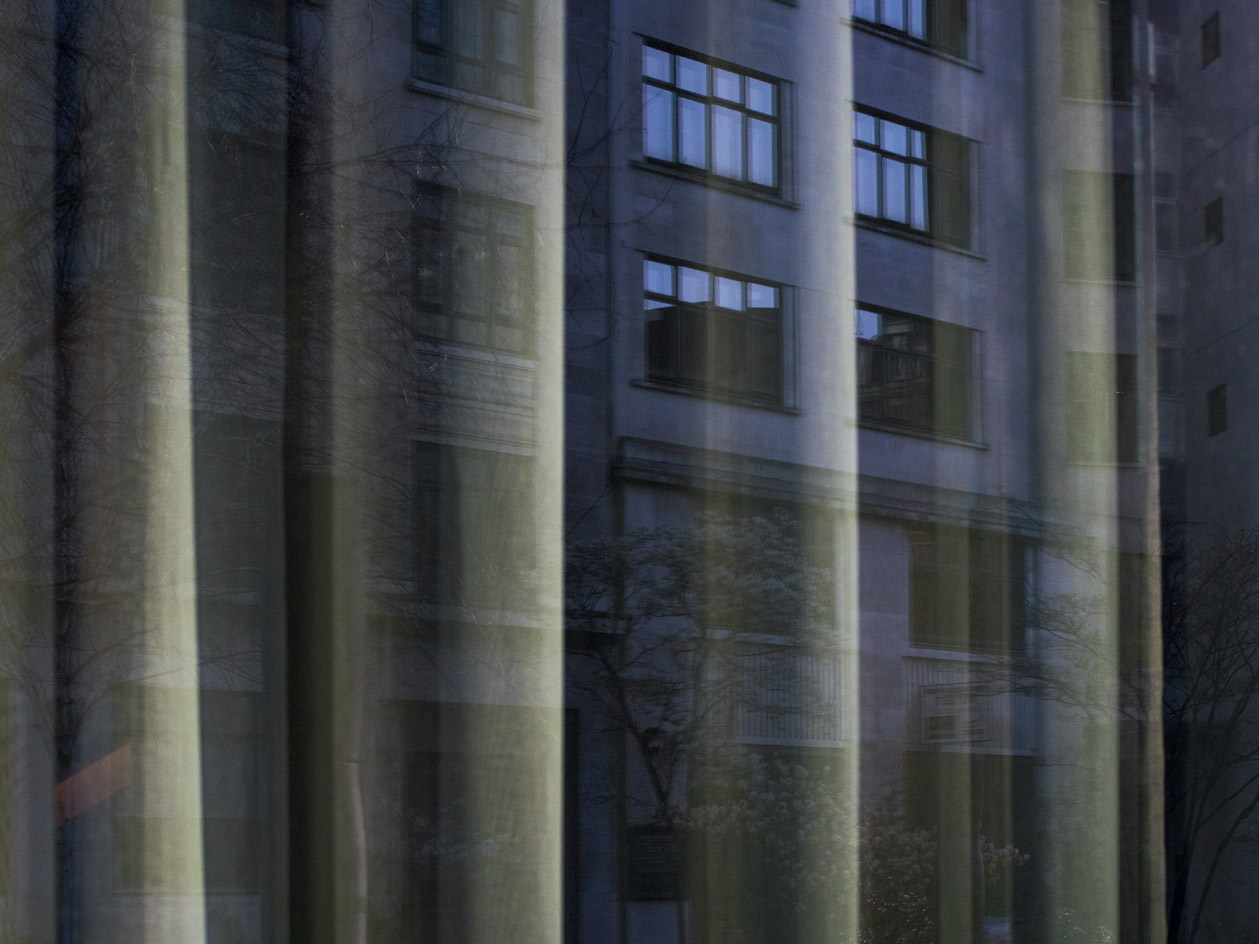

Above: Fenchurch Avenue. Below: Holywell Lane
I surprise myself with how sad the abandonment makes me feel. The weather is glorious and spring has sprung in the parks and green spaces. Perfect flowers wait to be appreciated, with few to appreciate them. I’m realising something else. Now with just frontline workers visible, the minority has become the majority. The City workers of the ‘new normal’ are Black, or ethnic, or poor. Their business can’t be done from home.
RELATED STORY

The energy, atmosphere and code of existence of the old City was very different from anywhere I’d spent time. Now it’s different again. This new City is a sad and lonely place. An ecosystem that has lost its pulse. I’ve become a light-catcher. A handy skill in an empty City.
Spring is turning to summer and the flower beds are parched. I’m glimpsing the new ‘new normal’. Distancing, masks and suspicion. Tentatively, the streets are filling. In come joggers and cyclists, and on their heels, the photographers. I want to welcome them. Without mouths, eyes must do all the work. When wearing a mask, eyebrows literally dance together, as if choreographed.
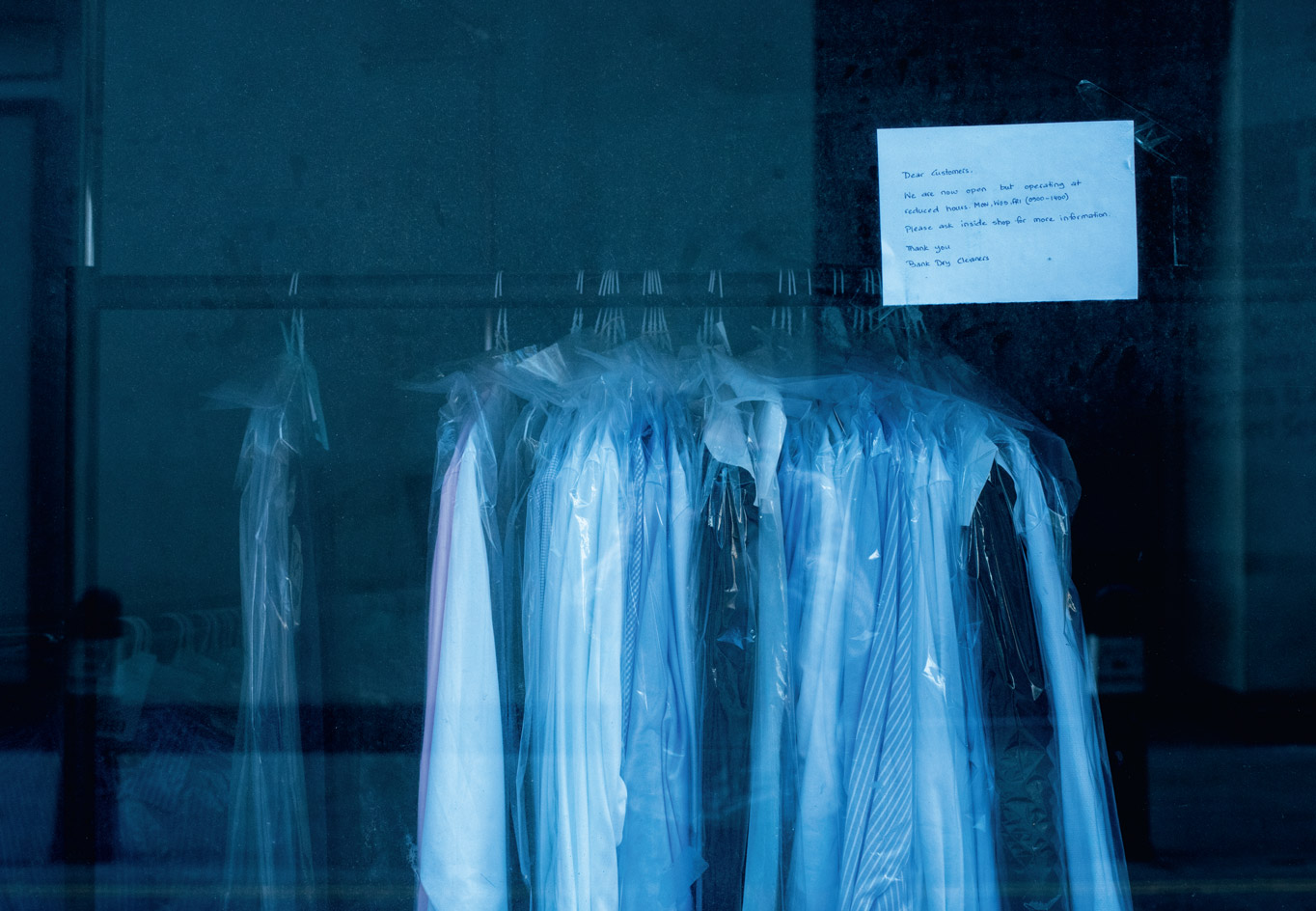
Throgmorton Street
The weather was good for a lockdown. Now that it’s over, we’re realising the resuscitation is surprisingly slow. ‘I want to see people breathe life into the old girl and awake her from her gentle slumber.’ I read this in an article and liked the analogy for future work on the new normal in city life, seen from a female perspective.
Until then, I think about how nature might be better without humans. Cities are the complete opposite. Without humans, they have no purpose.
*The flâneuse, as defined in essayist Lauren Elkin’s book of the same title, ‘considers what is at stake when a certain kind of light-footed woman encounters the city and changes her life, one step at a time’.
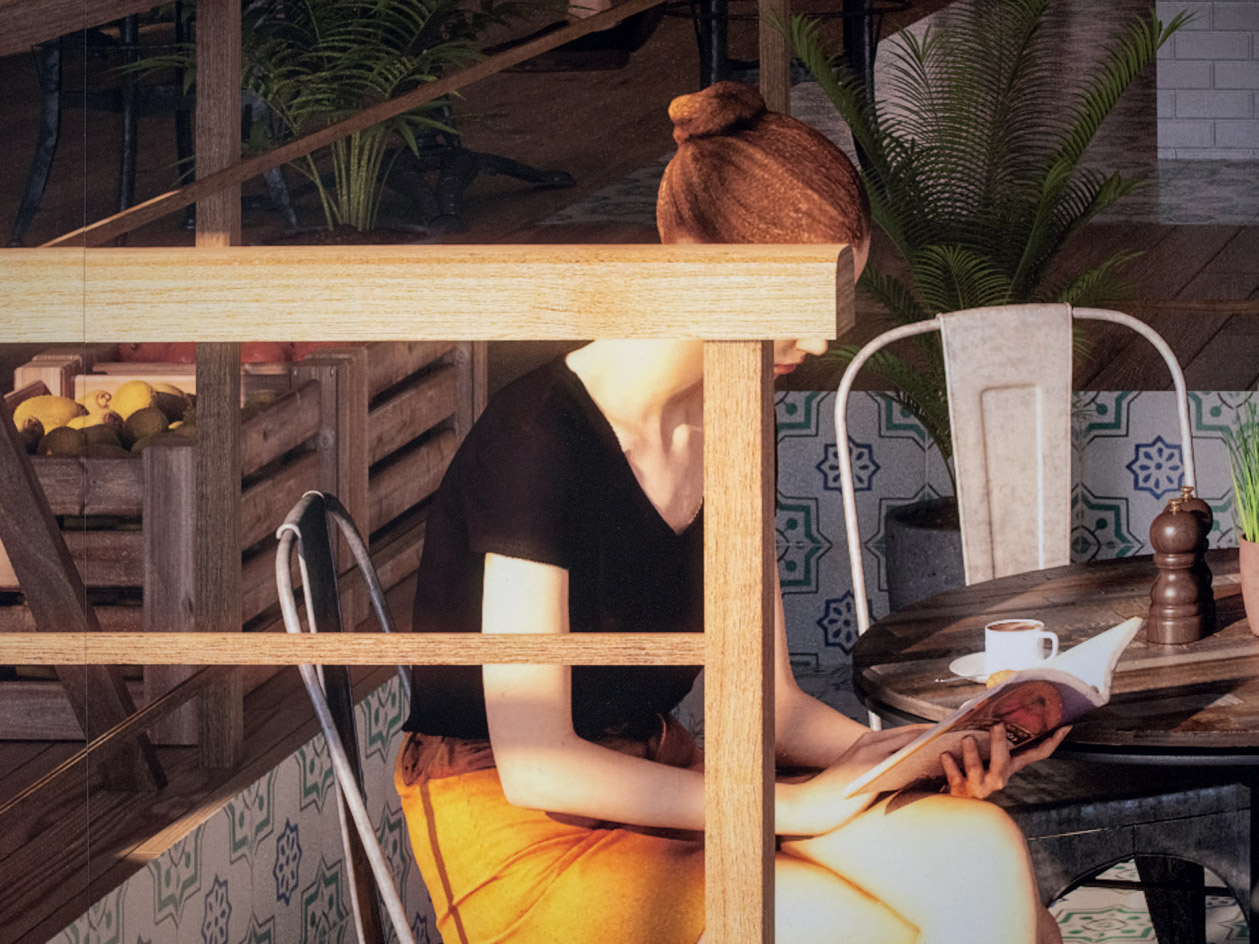

Above: Leadenhall Street. Below: Spitalfields Market
INFORMATION
This article originally appeared in the October 2020 issue of Wallpaper* (W*258) – on newsstands now and available for free download here
Receive our daily digest of inspiration, escapism and design stories from around the world direct to your inbox.
A major survey of Hannah Starkey's work will open at The Hepworth Wakefield in November 2022. hepworthwakefield.org
Starkey's Celebrating City Women series can be viewed at celebratingcitywomen.co.uk/hannah-starkey
-
 Nela is London's new stage for open-fire gastronomy
Nela is London's new stage for open-fire gastronomyA beloved Amsterdam import brings live-fire elegance to The Whiteley’s grand revival
-
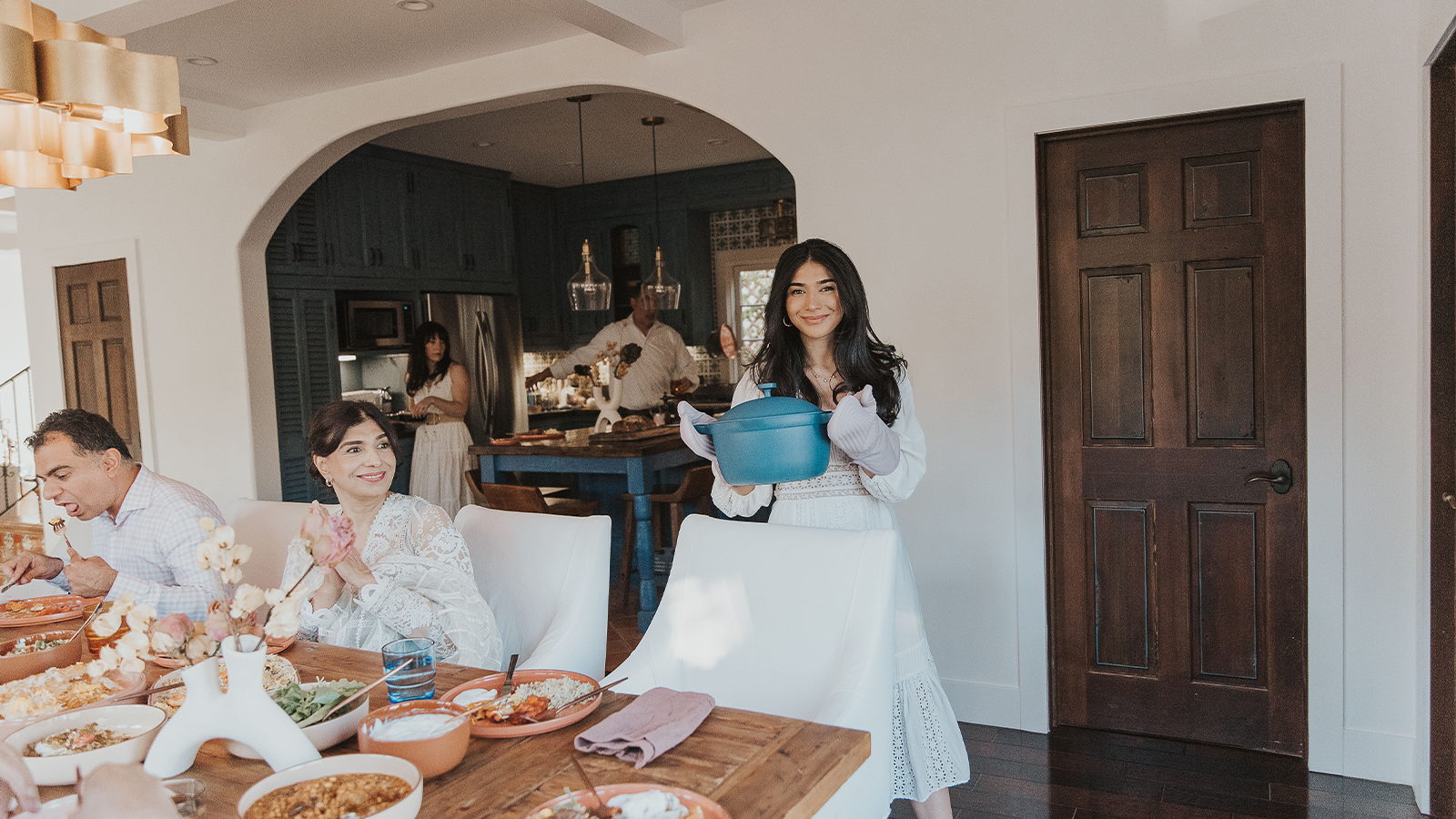 How we host: with Our Place founder, Shiza Shahid
How we host: with Our Place founder, Shiza ShahidWelcome, come on in, and take a seat at Wallpaper*s new series 'How we host' where we dissect the art of entertaining. Here, we speak to Our Place founder Shiza Shahid on what makes the perfect dinner party, from sourcing food in to perfecting the guest list, and yes, Michelle Obama is invited
-
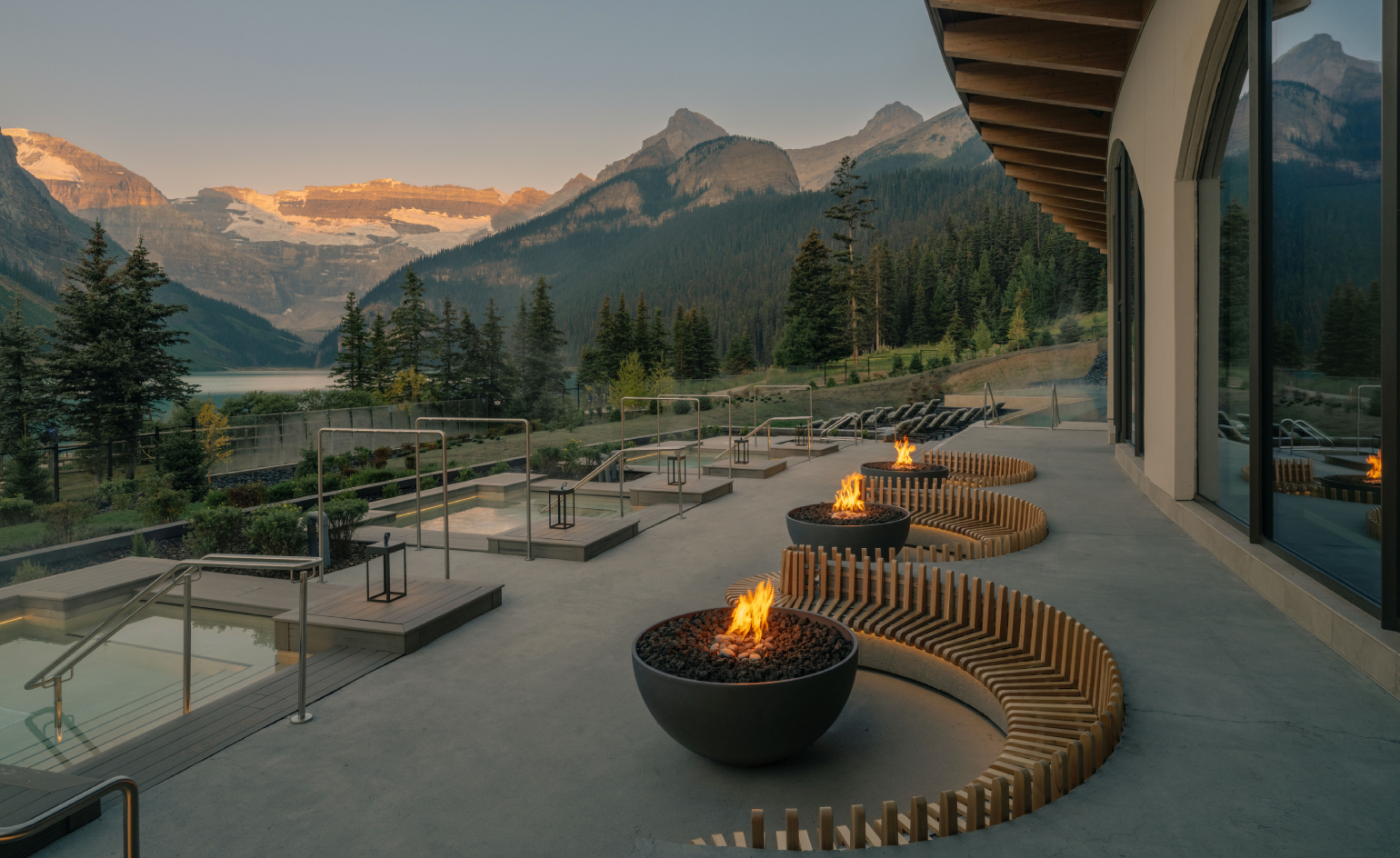 Matteo Thun carves a masterful thermal retreat into the Canadian Rockies
Matteo Thun carves a masterful thermal retreat into the Canadian RockiesBasin Glacial Waters, a project two decades in the making, finally surfaces at Lake Louise, blurring the boundaries between architecture and terrain
-
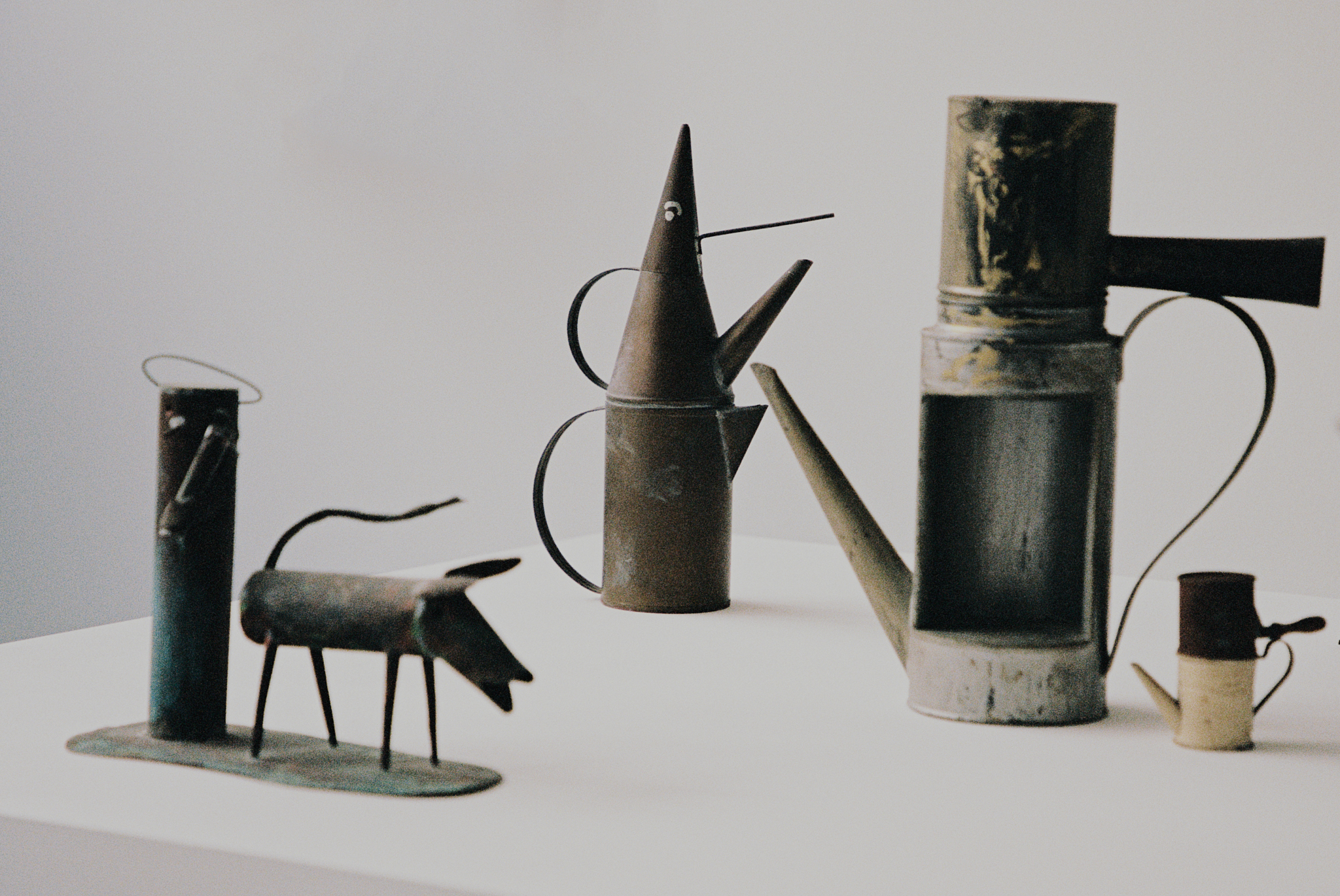 Riccardo Dalisi’s first UK retrospective opens at east London gallery Spazio Leone
Riccardo Dalisi’s first UK retrospective opens at east London gallery Spazio LeoneSpazio Leone draws together six decades of the Italian visionary’s work, from whimsical coffee pots to radical community workshops
-
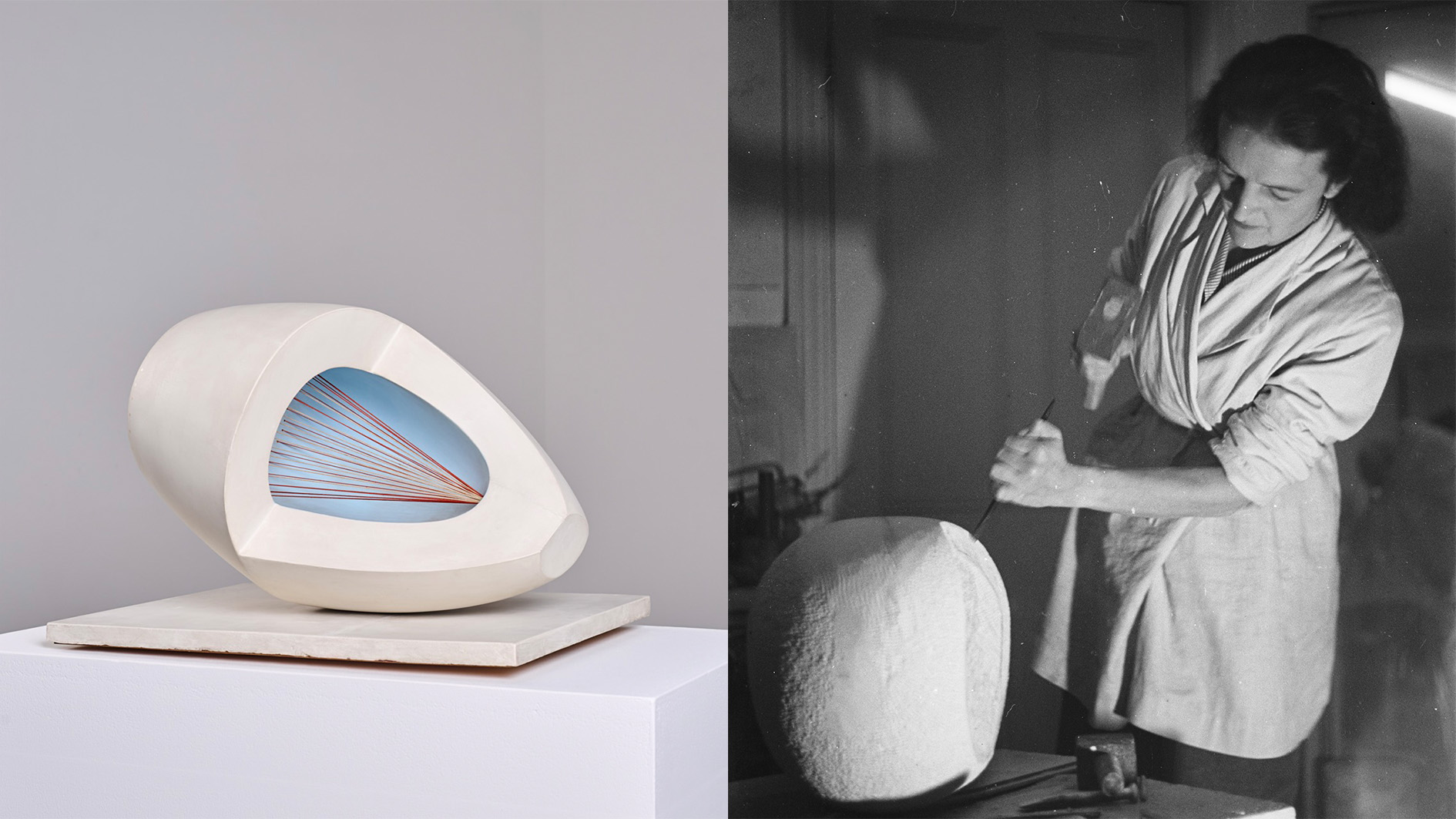 Inside the fight to keep an iconic Barbara Hepworth sculpture in the UK
Inside the fight to keep an iconic Barbara Hepworth sculpture in the UK‘Sculpture with Colour’ captures a pivotal moment in Hepworth’s career. When it was sold to an overseas buyer, UK institutions launched a campaign to keep it in the country
-
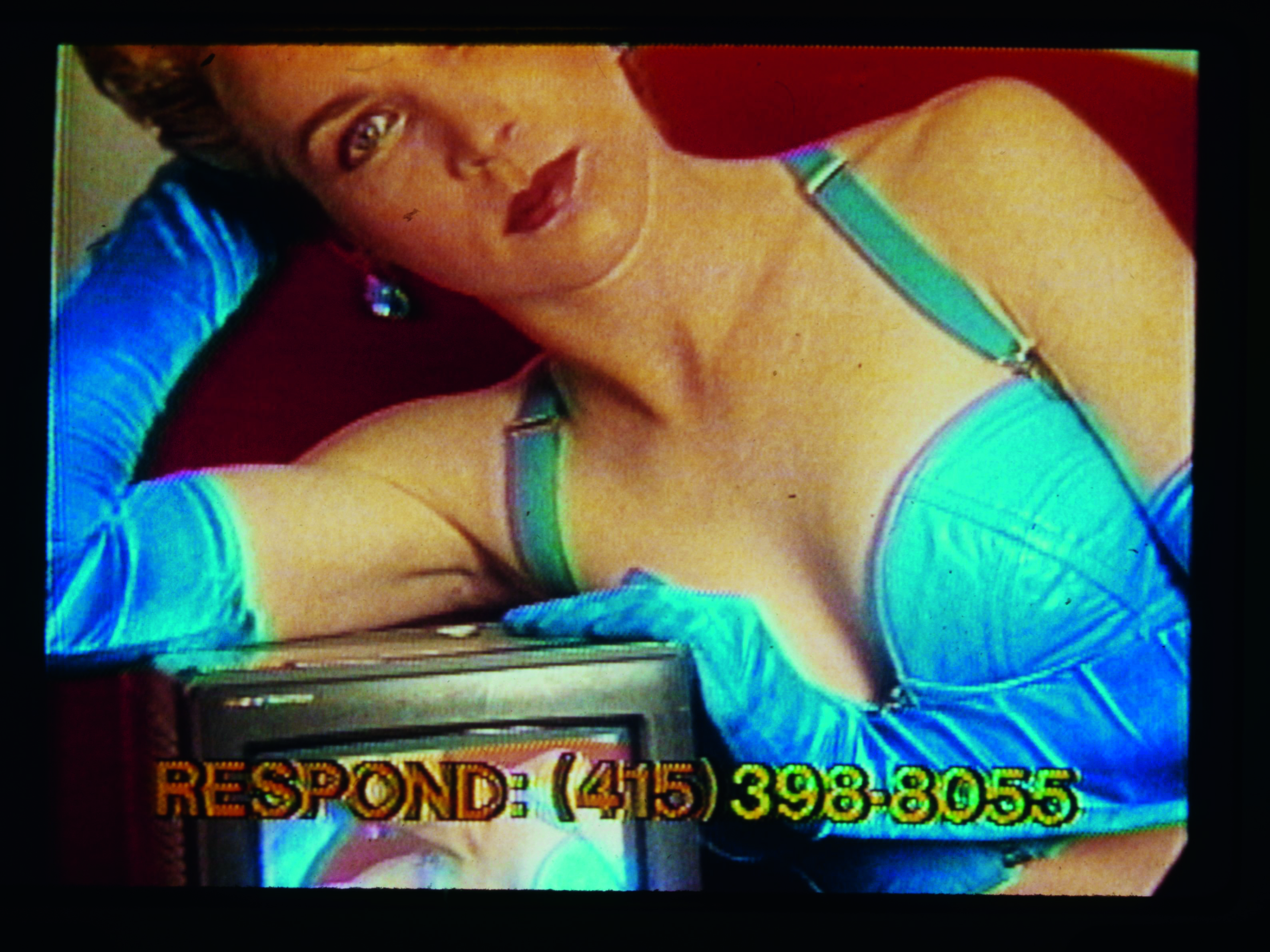 Thirty-five years after its creation, Lynn Hershman Leeson’s seminal video is as poignant as ever
Thirty-five years after its creation, Lynn Hershman Leeson’s seminal video is as poignant as everLynn Hershman Leeson’s 'Desire Inc', at 243 Luz in Margate, blurs the boundaries between art and reality
-
 A bespoke 40m mixed-media dragon is the centrepiece of Glastonbury’s new chill-out area
A bespoke 40m mixed-media dragon is the centrepiece of Glastonbury’s new chill-out areaNew for 2025 is Dragon's Tail – a space to offer some calm within Glastonbury’s late-night area with artwork by Edgar Phillips at its heart
-
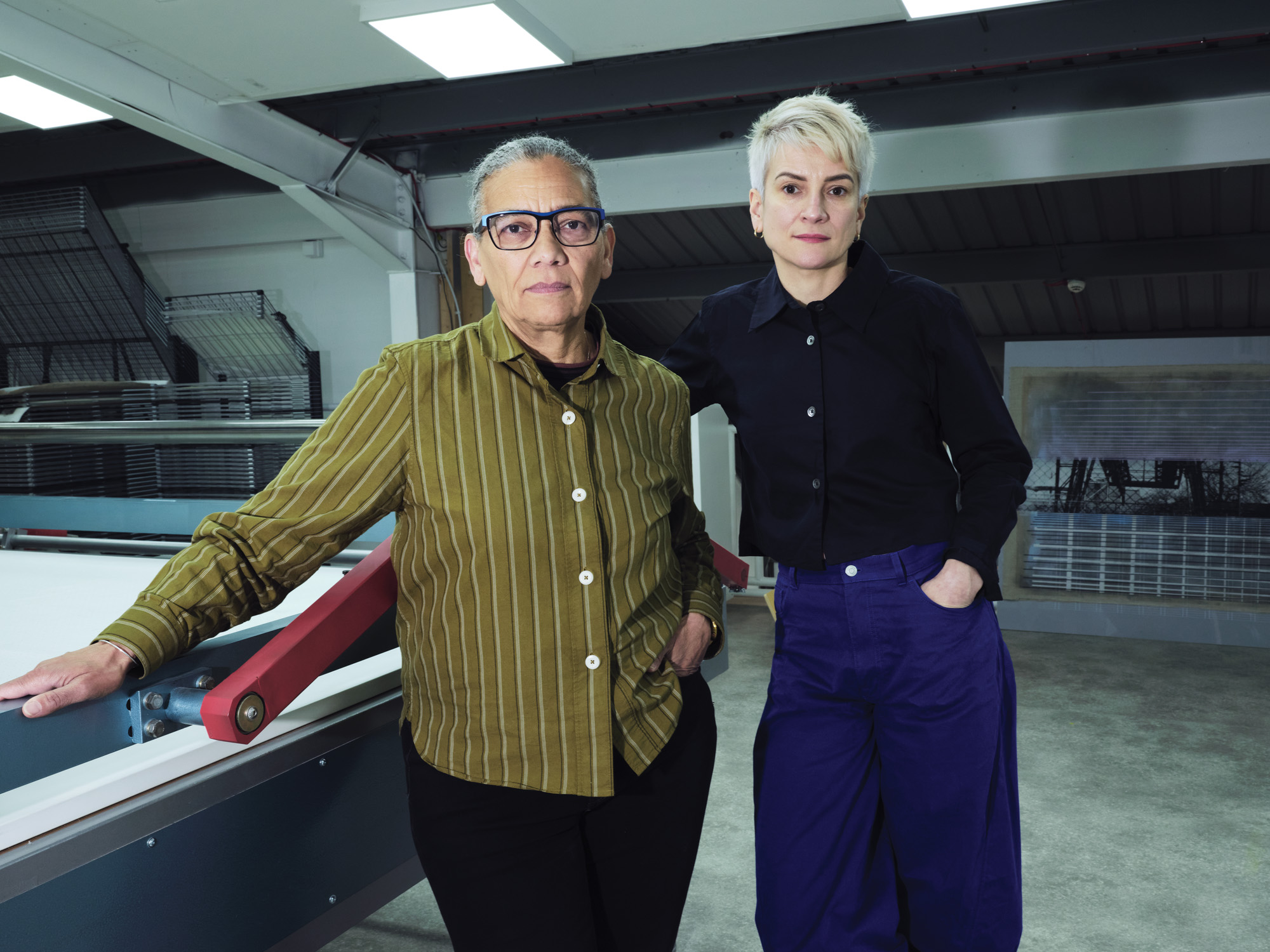 Lubaina Himid and Magda Stawarska’s new show at Kettle’s Yard will uncover the missing narratives in everyday life stories
Lubaina Himid and Magda Stawarska’s new show at Kettle’s Yard will uncover the missing narratives in everyday life storiesThe artists and partners in life are collaborating on an immersive takeover of Kettle’s Yard, Cambridge, in an exhibition that delves into a lost literary legacy
-
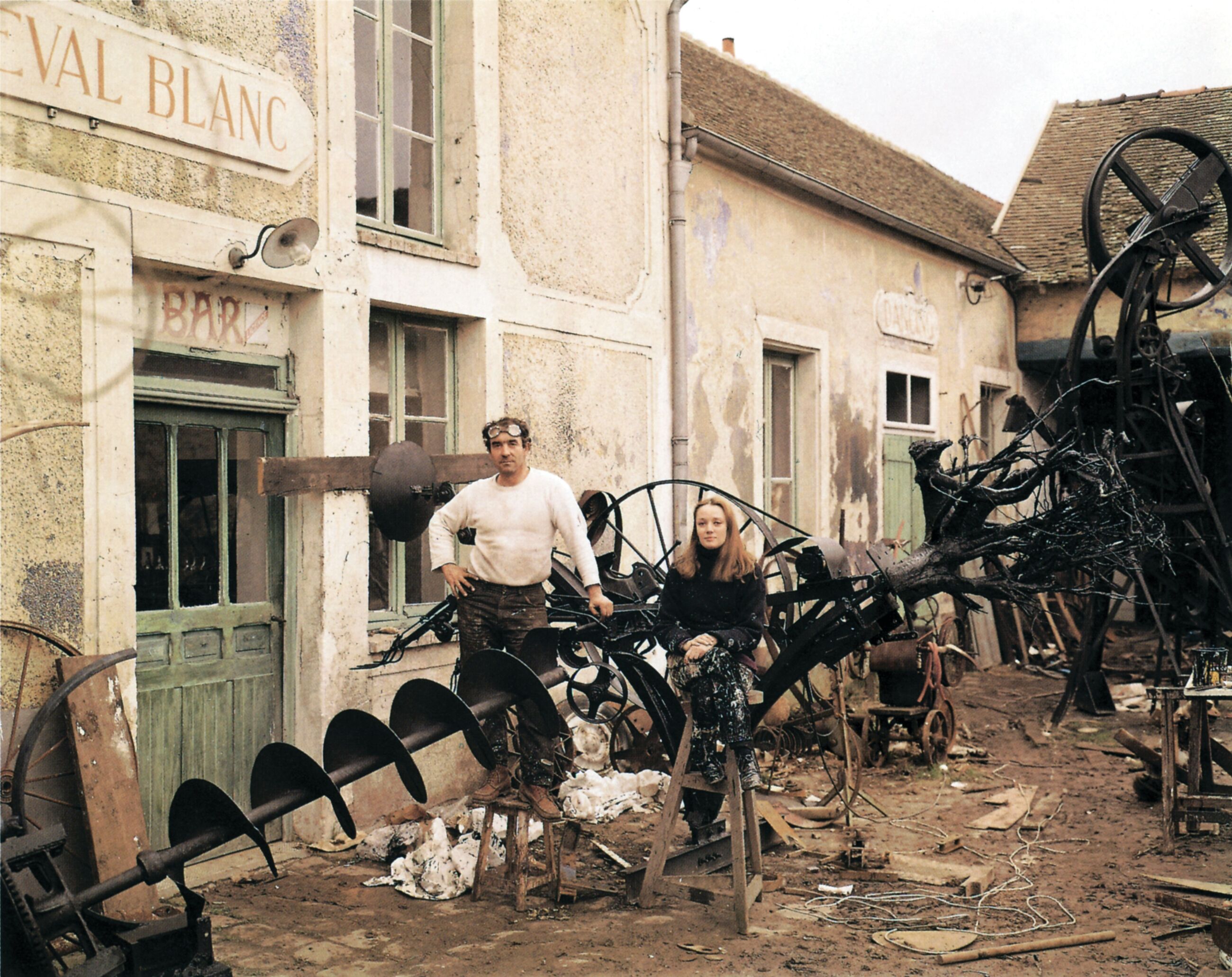 See the fruits of Niki de Saint Phalle and Jean Tinguely's creative and romantic union at Hauser & Wirth Somerset
See the fruits of Niki de Saint Phalle and Jean Tinguely's creative and romantic union at Hauser & Wirth SomersetAn intimate exhibition at Hauser & Wirth Somerset explores three decades of a creative partnership
-
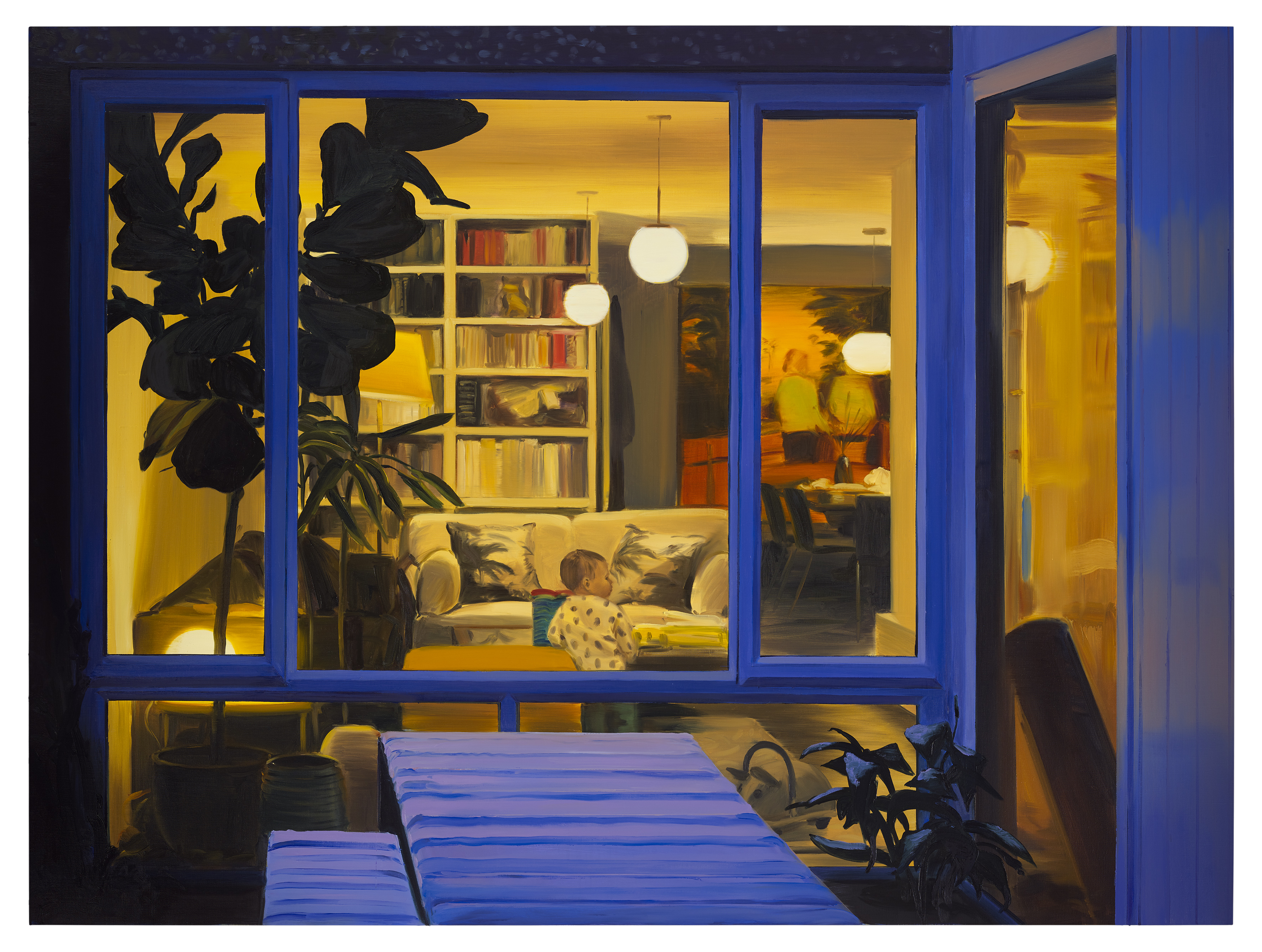 Caroline Walker's new show speaks to women everywhere, including me
Caroline Walker's new show speaks to women everywhere, including me'Everything related to my life with young children, because it's such an all encompassing experience,' the artist says of her new show at the Hepworth Wakefield
-
 Cassi Namoda is rethinking stained-glass windows at Turner Contemporary in Margate
Cassi Namoda is rethinking stained-glass windows at Turner Contemporary in MargateThe artist drew from an eclectic range of references when considering the traditional medium for a Turner Contemporary window overlooking the beach – she tells us more